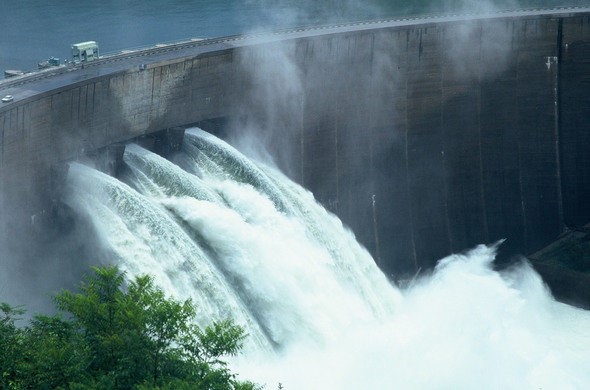In recent months, conflicting reports have emerged regarding the operational status of the Kariba Hydro Power Plant, a crucial energy source shared by Zambia and Zimbabwe. While some sources suggest that Zimbabwe has increased its electricity supply to 20 hours per day, others indicate that both countries are grappling with severe power shortages due to low water levels in Lake Kariba.
The Kariba Dam, straddling the Zambezi River between Zambia and Zimbabwe, has an installed capacity of 2,010 MW, with each country operating its own power station on either side of the dam. However, recent drought conditions have significantly reduced water levels, leading to a sharp decline in power generation. Reports indicate that Zimbabwe’s Kariba South Power Station, which typically generates 1,050 MW, is currently producing between 250 and 300 MW . Similarly, Zambia’s power generation has been affected, with the Energy Minister acknowledging the need to diversify energy sources .
The Zambezi River Authority (ZRA), a joint body owned equally by Zambia and Zimbabwe, manages the dam’s operations. However, there have been concerns about the coordination between the two nations in managing the shared resource. Zambian President Hakainde Hichilema has emphasized the importance of improved communication and cooperation to optimize the use of the dam.
The power shortages have had significant economic implications. In Zambia, industries such as mining and agriculture have been severely impacted, leading to decreased productivity and economic growth. Similarly, Zimbabwe’s economy has suffered due to prolonged power outages, with businesses and households resorting to alternative energy sources like solar power and charcoal .
In response to these challenges, Zambia has sought to fulfill its energy commitments to neighboring countries. Namibia, for instance, continues to receive electricity imports from Zambia under a firm contract, ensuring uninterrupted power supply despite Zambia’s internal shortages.
Looking ahead, both Zambia and Zimbabwe are exploring alternative energy solutions to mitigate the impact of the current crisis. Zambia is investing in solar power initiatives, while Zimbabwe is considering a mix of fossil and green energy projects to meet its future energy needs .
The situation at the Kariba Hydro Power Plant underscores the challenges of managing shared natural resources and the need for enhanced cooperation between neighboring countries. As both nations strive to address their energy deficits, the outcome will have significant implications for their economic stability and regional energy security.




